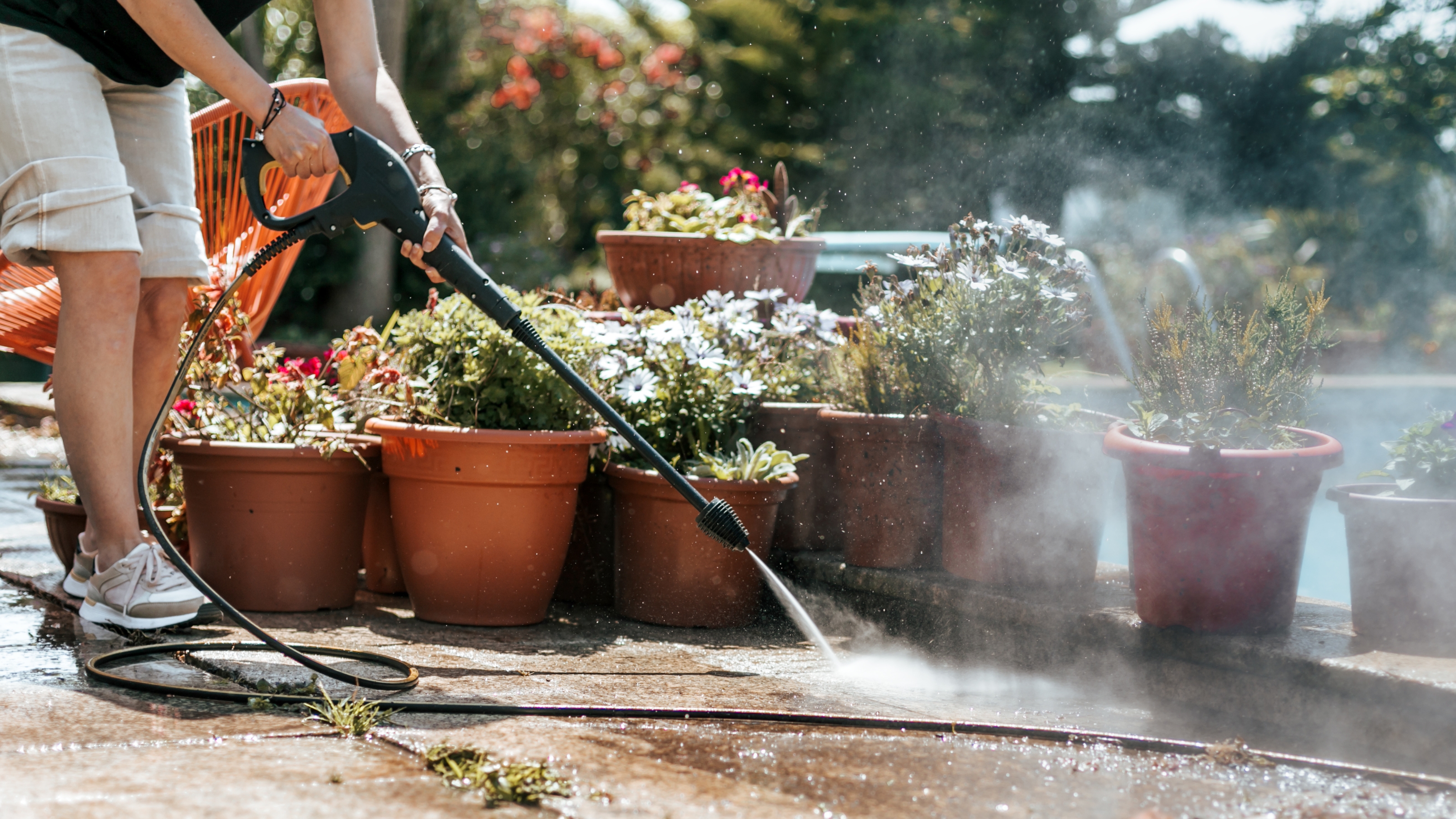
They're a deep-cleaning dream, but when pressure washers lose pressure, it can be frustrating — and hard to know how to solve.
Fear not — our industry experts are here to reveal the seven most common snags, plus teach you how to fix them yourself.
Even the best pressure washers can need a little fix-up now and then. Check out our expert guide and you'll have a gleaming patio in no time.
1. Clogged nozzle
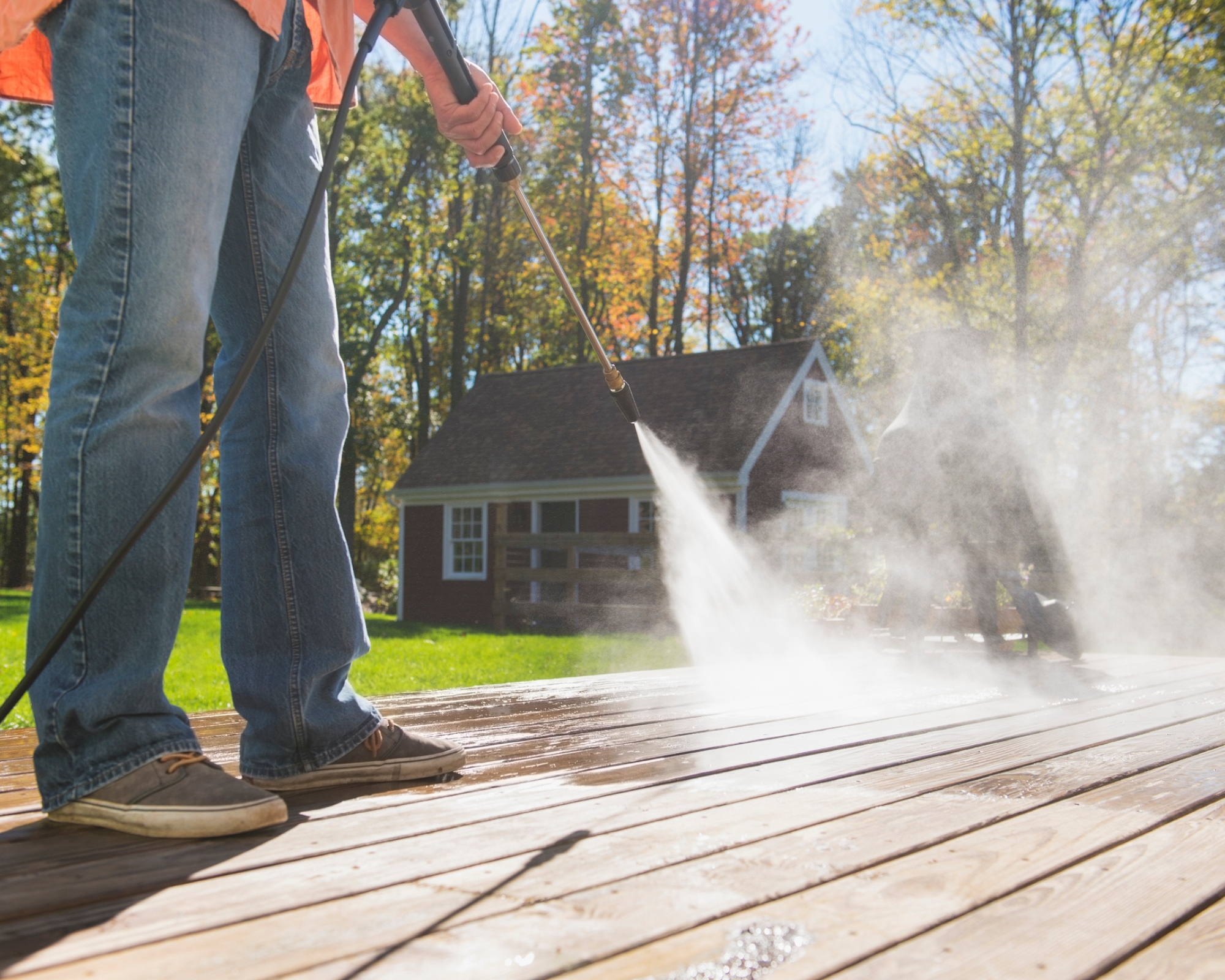
A clogged nozzle is one of the most frequent causes of pressure loss. Dirt, debris, and mineral deposits can obstruct the nozzle, reducing the water flow.
Wells Ye, founder of Fresh Tech Maid, says, "This is probably the most prominent reason for low pressure, but it's easily solved. Begin by turning the pressure washer off and disconnecting it. Take off the tip or nozzle, then use a tiny wire or pin to remove any obstructions. Rinse the nozzle thoroughly before reattaching. Voila!"
Sometimes, the issue can actually be the size of the nozzle, however. Property expert James Heartquist says, "Nozzles are designed to control the flow and pressure of the water, and each size is suited for different cleaning tasks.
"Using the incorrect nozzle size is a common mistake that can lead to insufficient pressure. If the nozzle is too large, it will allow too much water to flow through, reducing the pressure. Conversely, a nozzle that is too small can restrict the flow, causing the pump to work harder and potentially leading to damage.
"To fix this issue, you need to select the correct nozzle size for your cleaning task. Refer to the pressure washer's manual to determine the appropriate nozzle size and type, and select the correct size for your cleaning task. Nozzles are usually color-coded based on their spray angle and pressure output. Replace the incorrect nozzle with the right one and test the pressure washer to ensure optimal performance."
James recommends the Twinkle Star Store Pressure Washer Nozzle Tips Set from Amazon. He adds, "The pack includes various nozzle sizes, compatible with most pressure washers, making it easy to find the right fit for your needs."
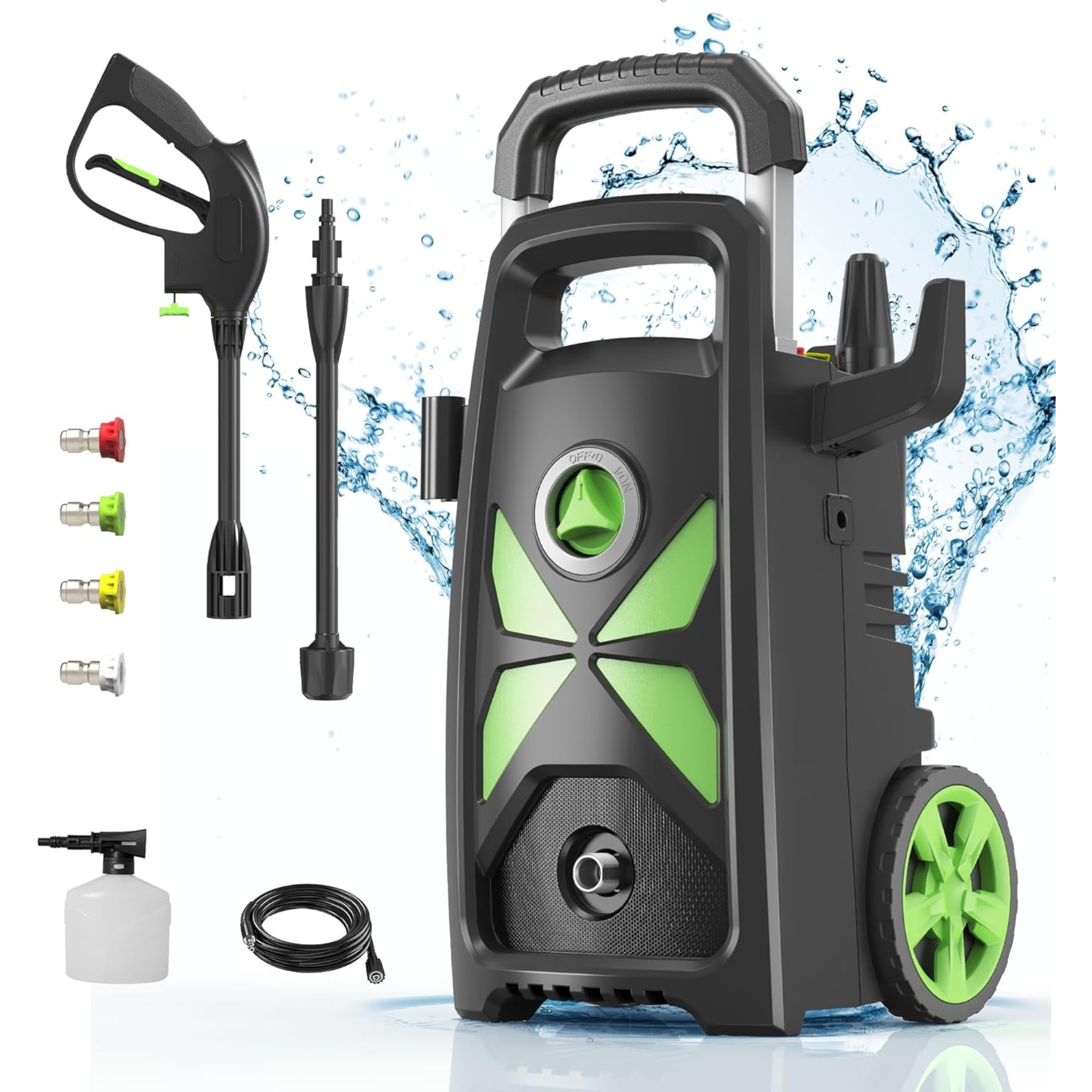
Price: $119.99
This high-performance pressure washer comes with a powerful motor generating up to 3500 PSI pressure, and up to 2.4 GPM (gallons per minute). Its four quick-connect nozzles allow you to adjust easily depending on the size of the cleaning job. It also boasts integrated storage and a telescopic handle.
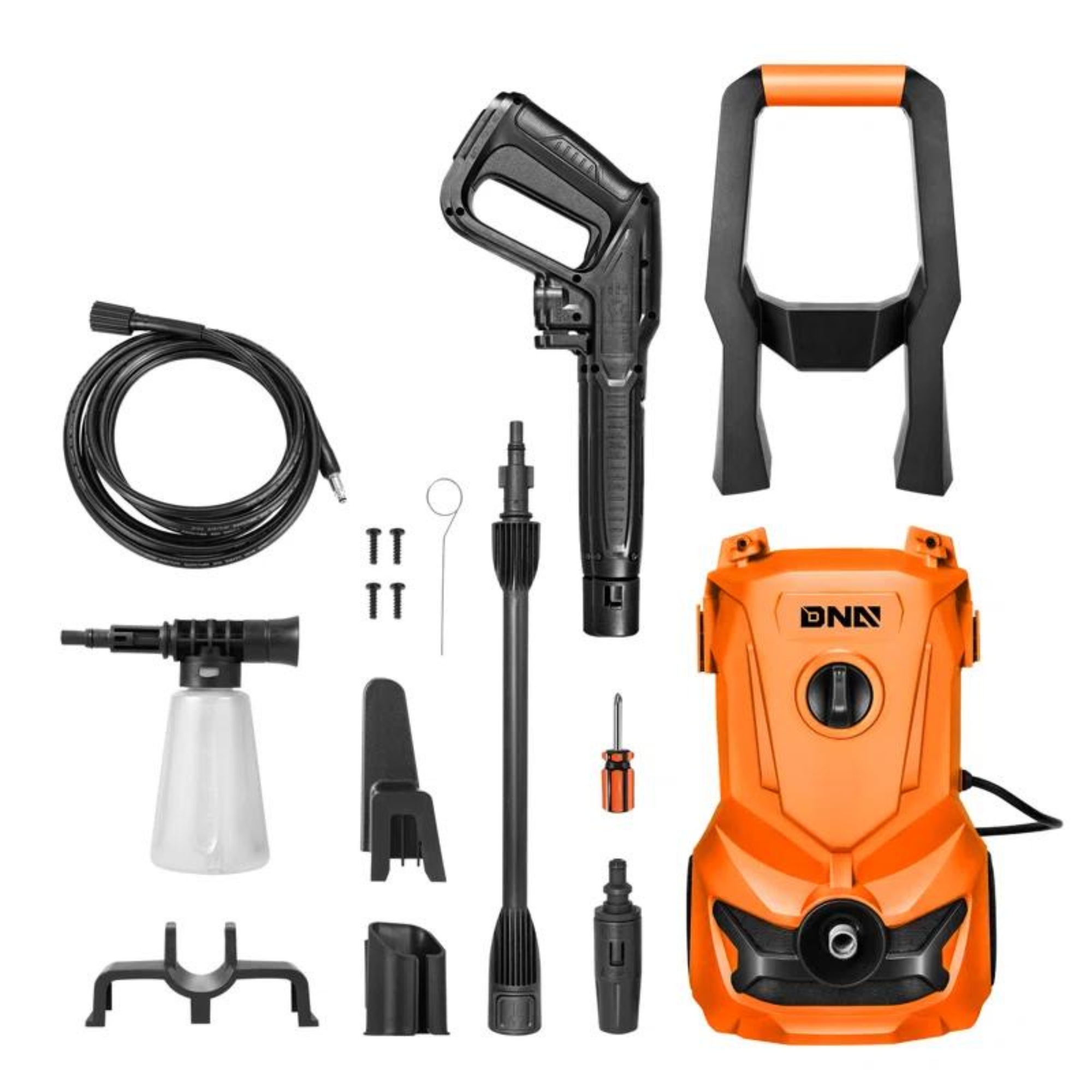
Price: $100.10
This easily portable pressure washer has a highly effective brush motor with strong power (1813PSI of water pressure and 1.45GPM water flow). Easy and convenient for all household cleaning, a detergent bottle is available connecting to the removable gun, which makes it easy to wash away stubborn dirt.
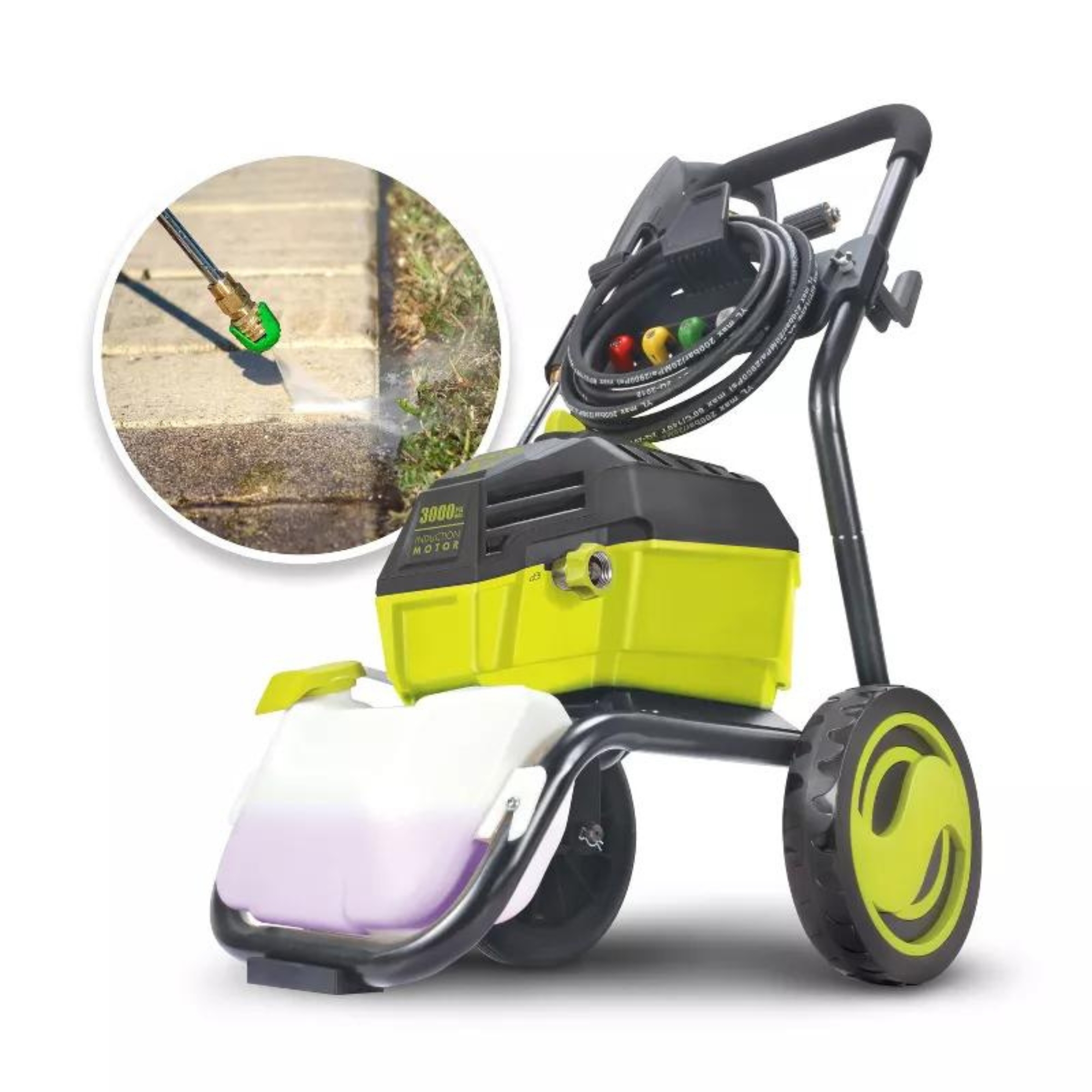
Price: $359.00
This excellent, brushless pressure washer features a powerful motor that generates a maximum of 2300 PSI and 1.1 GPM (gallons per minute). It includes a 1-gallon onboard detergent tank to tackle even the toughest caked-on grime, and its 14.5-amp induction motor is designed to last longer, run quieter, and work cooler than traditional universal motors.
2. Inadequate water supply
Insufficient water supply can significantly reduce the pressure. This issue might stem from a partially closed faucet, a kinked hose, or a water source that doesn't provide enough flow.
To fix this, begin by ensuring the water supply is fully open and the hose is straight without any kinks. Next, check your water source to confirm it meets the pressure washer’s minimum flow requirements, typically indicated in the user manual.
3. Air in the pump
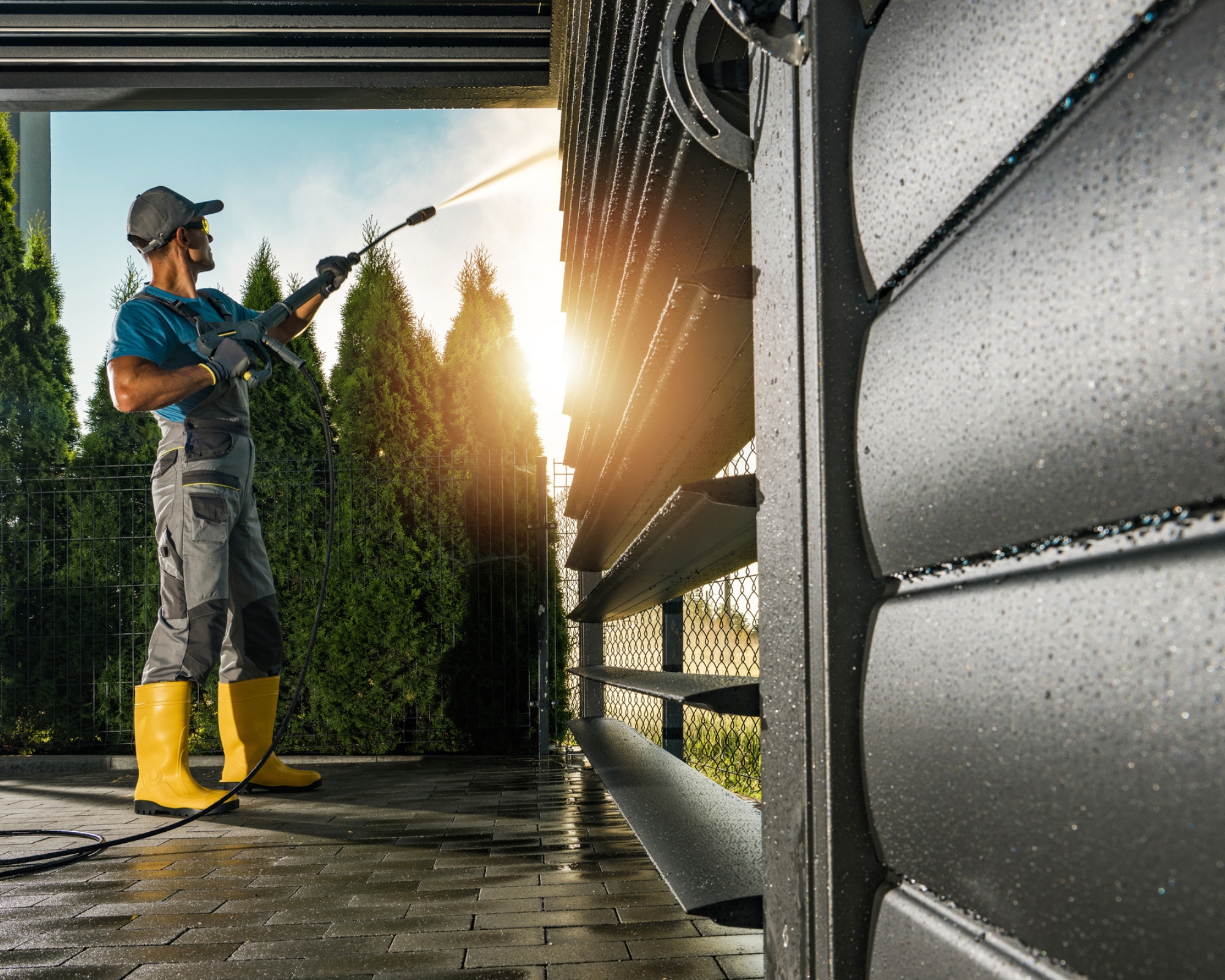
Air trapped in the pump can cause fluctuations and drops in pressure. This often occurs when the washer has been in storage or the hoses were disconnected.
James says, "Air in the pump is a common issue that can significantly reduce the pressure output of a pressure washer. When air gets trapped inside the pump, it disrupts the flow of water, causing the pump to lose its prime. This results in inconsistent pressure and can make the washer less effective at cleaning. The presence of air pockets can also lead to cavitation, which can damage the pump over time.
"To fix this problem, you need to bleed the air out of the pump. Start by turning off the pressure washer and disconnecting the high-pressure hose. Then, connect your garden hose to the inlet and turn on the water supply. Allow the water to flow through the pump until you see a steady stream of water without air bubbles. Reconnect the high-pressure hose and test the pressure washer to ensure the problem is resolved."
James recommends this Briggs & Stratton Pump Saver from Amazon. He adds, "It helps to protect and maintain the pump by preventing the build-up of air and other contaminants."
4. Worn-out pump impeller
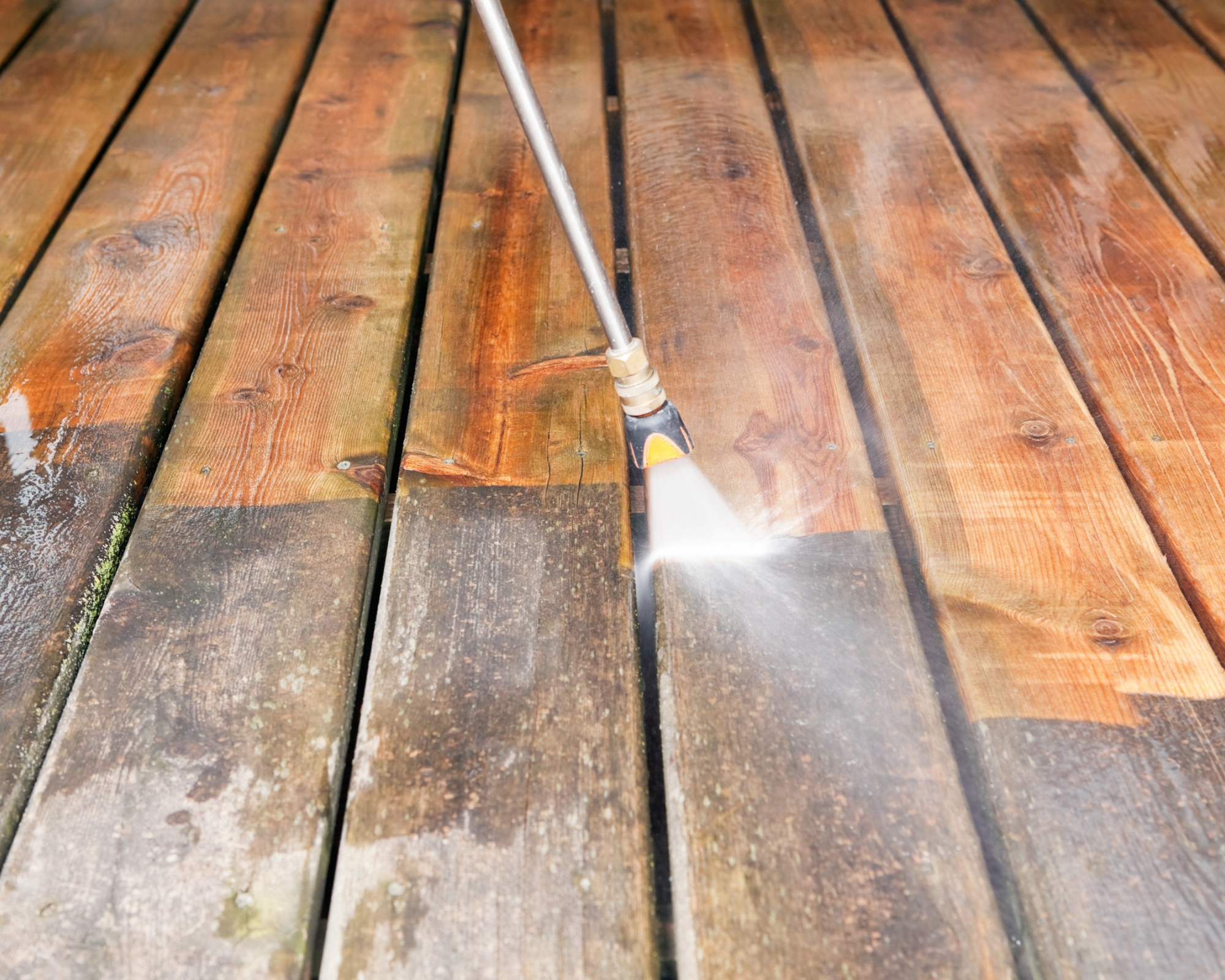
Over time, the pump components can wear out, leading to reduced efficiency and pressure. This is particularly common in older models or machines used frequently.
Wells says, "One important part of the pressure washer is the pump impeller, which is in charge of supplying the pump with water and producing pressure. Low pressure might occur from an impeller that's worn out or destroyed over time."
Inspect the pump for signs of wear or damage. If you notice leaks, cracks, or other issues, it might be time to replace the pump or its components. Refer to the manufacturer’s guidelines for compatible parts and replacement procedures.
If the impeller is slightly worn, but still functional, Wells recommends applying a thin layer of Lundmark Pure Bee's Wax from Amazon for lubrication and protection.
Wells adds, "Changing a worn-out pump impeller can be a troublesome process that requires dismantling the pump. I'd typically advise contacting an expert."
For a pressure washer with reliable pump, James recommends the Simpson PowerShot 4400 PSI Gas Pressure Washer from Amazon. He says, "Its 4.0 GPM (gallons per minute) output provides exceptional cleaning power. This high pressure and flow rate make it perfect for removing stubborn dirt, grime, and stains from various surfaces, including driveways, decks, and siding. The powerful CRX 420cc engine ensures consistent performance and reliability, even during extended use.
"Another great feature is the AAA industrial triplex plunger pump, which is known for its efficiency and longevity. This pump includes a PowerBoost technology that delivers higher pressure at the nozzle, enhancing cleaning performance."
5. Dirty or damaged inlet filter
The inlet filter prevents debris from entering the pump, but if it becomes clogged or damaged, it can restrict water flow, causing pressure issues.
To fix, firstly locate the inlet filter, which is usually found where the garden hose connects to the pressure washer. Remove the filter and inspect it for dirt or damage. Clean it thoroughly with water and a soft brush.
If the filter is damaged, replace it with a new one.
6. Worn out seals
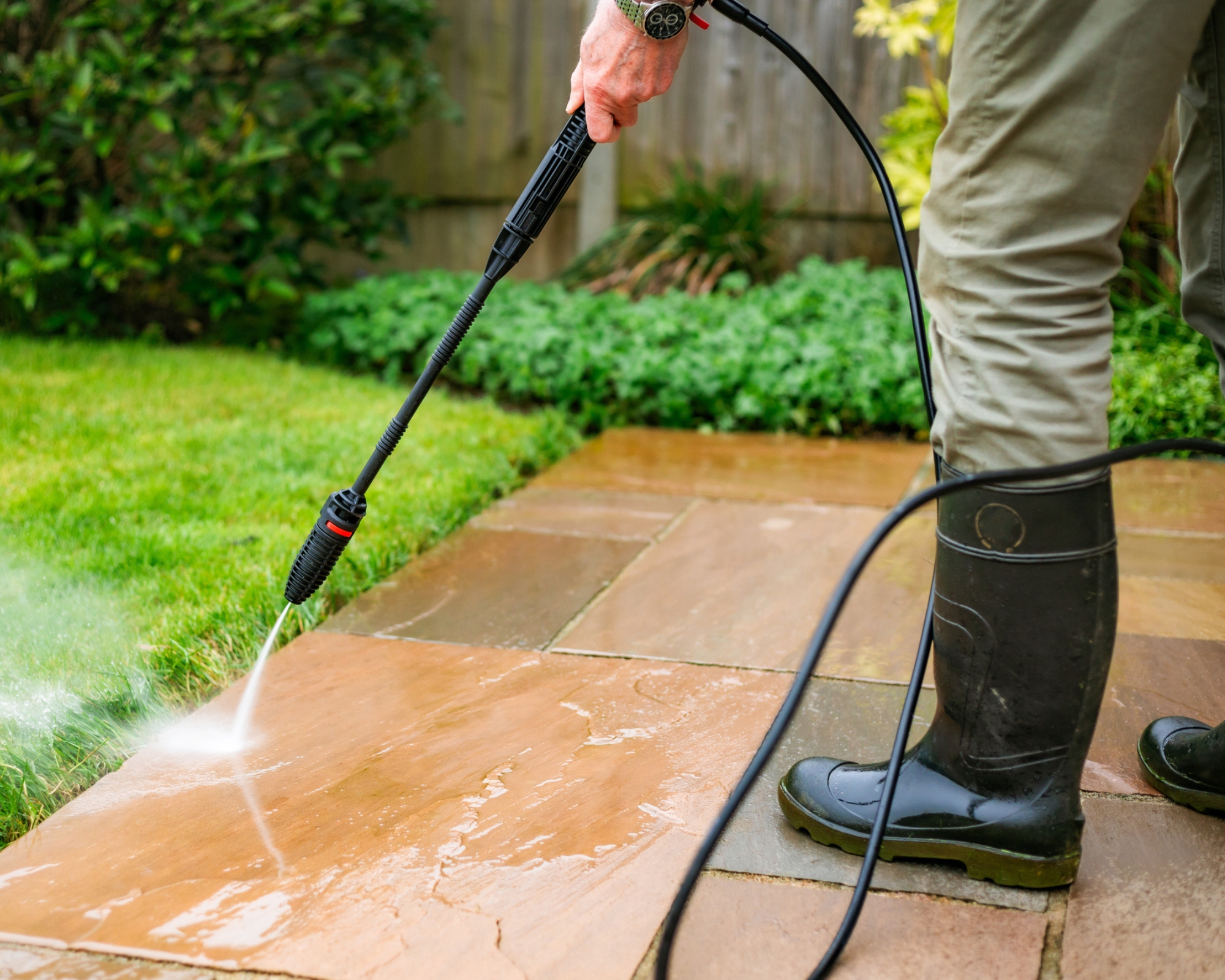
Seals in the pressure washer's pump and other components can degrade over time, leading to leaks and reduced pressure.
James says, "When seals are worn out, they can cause water to leak from the pump, leading to a significant drop in pressure. This not only affects the performance of the pressure washer but can also cause further damage to the pump if not addressed.
"To fix worn-out seals, you need to replace them with new ones. First, identify the type and size of the seals required for your specific pressure washer model. Disassemble the pump according to the manufacturer's instructions, remove the old seals, and install the new ones. Ensure that the new seals are properly seated and lubricated before reassembling the pump."
James recommends the AR North America Seal Kit from Amazon as a reliable option for replacing worn-out seals in many pressure washer models.
7. Faulty unloader valve
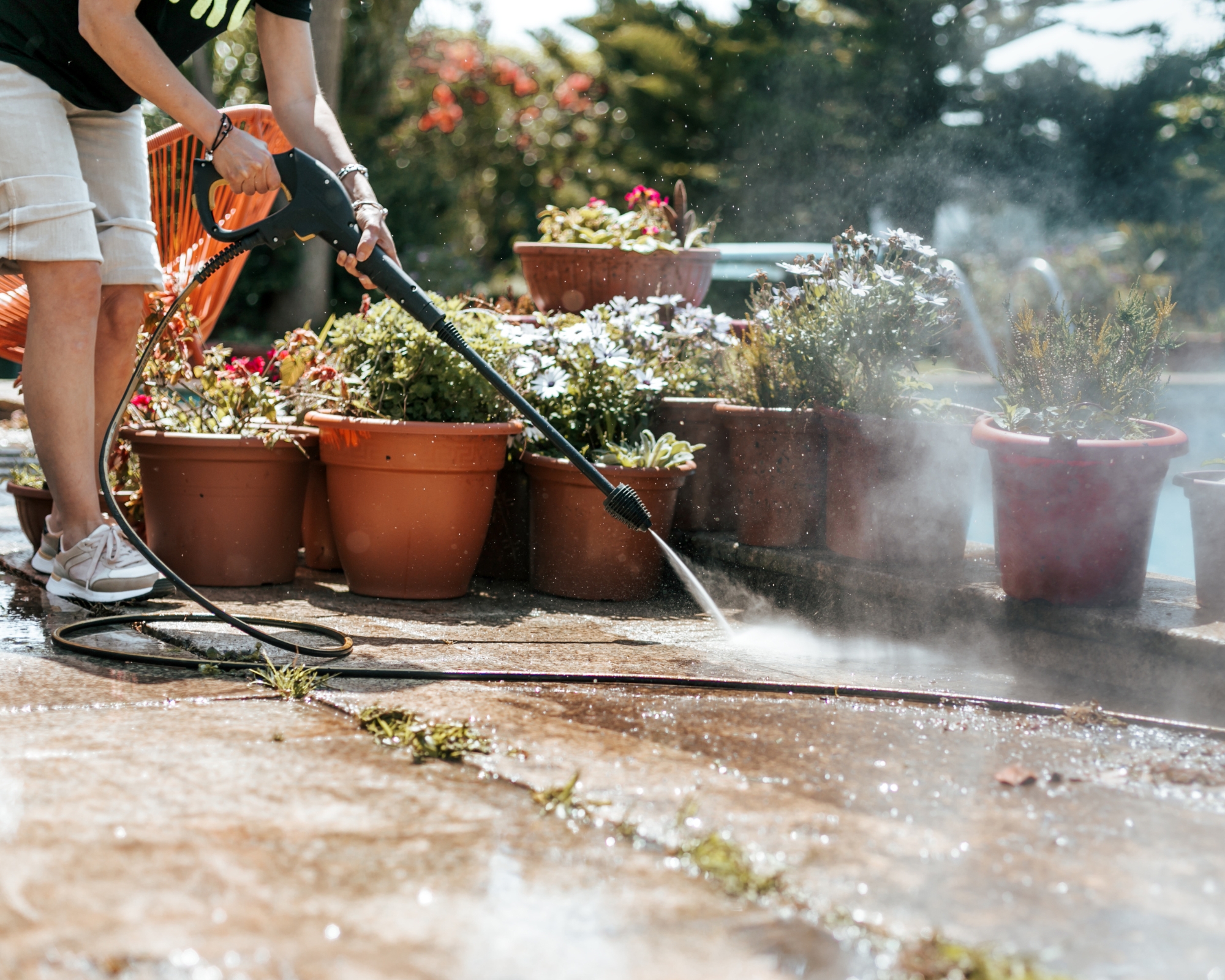
The unloader valve controls the pressure and flow of water through the pressure washer. If it's not functioning properly, you may experience inconsistent pressure.
Wells says, "To fix it, disconnect the washer from the power source, then find the valve for the unloader. Usually, there's a tiny plastic or metal valve next to the pump. Use a wrench to remove the valve, then clean it with a gentle brush and soapy water."
Wells recommends Simple Green Oxy Solve Pressure Washer Cleaner from Amazon. He says, "This natural and versatile cleaner cuts through grease, grime, and dirt, making cleaning your pressure washer easier and more effective."
Wells adds, "When cleaning your unloader valve, always take a moment to check for any damage on the valve. If you spot any, it will need replacing."
General maintenance tips
To prevent pressure problems, regular maintenance is key. Here are three top tips for keeping yours in great shape:
- Inspect hoses and connections: Regularly check hoses for leaks, cracks, and wear. Ensure all connections are secure and tight.
- Use fresh fuel: If you have a gas-powered pressure washer, always use fresh, clean fuel and avoid letting fuel sit in the tank for extended periods.
- Check oil levels: Maintain the proper oil level in the pump and engine (if applicable) to ensure smooth operation.
For easy maintenance, Wells recommends the Sun Joe SPX3000 Electric Pressure Washer from Amazon. He says, "This electric pressure washer is powerful at an extensive variety of cleaning errands. Most importantly, it's dependable and easy to maintain."
Meet our experts
So there you have it — seven ways to fix a pressure washer that's not making pressure. By understanding these common issues and their solutions, you can save time and money, and keep your pressure washer in top working condition.
Next, check out an alternative approach with our article on how to clean a patio without a pressure washer.







